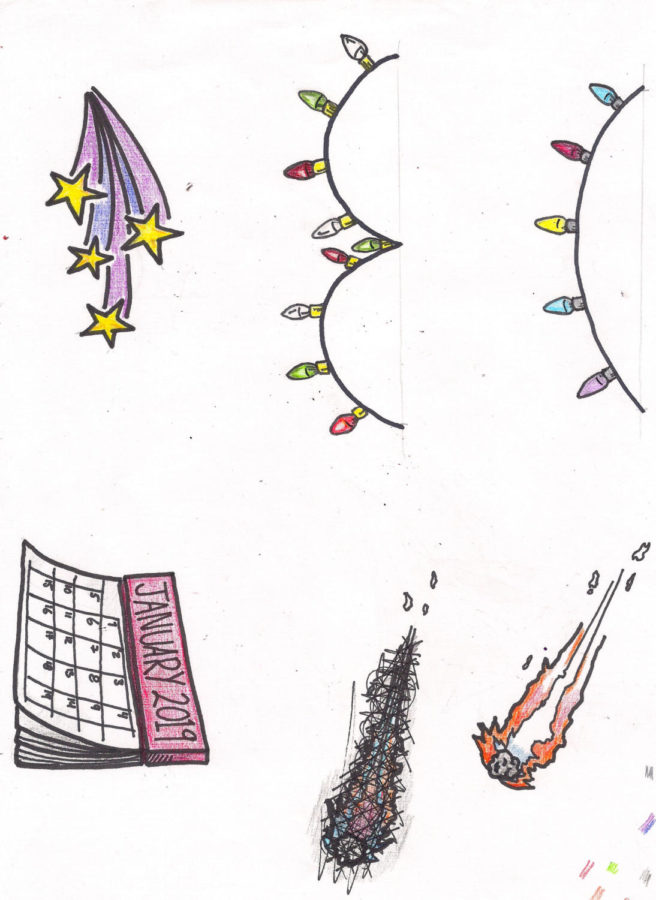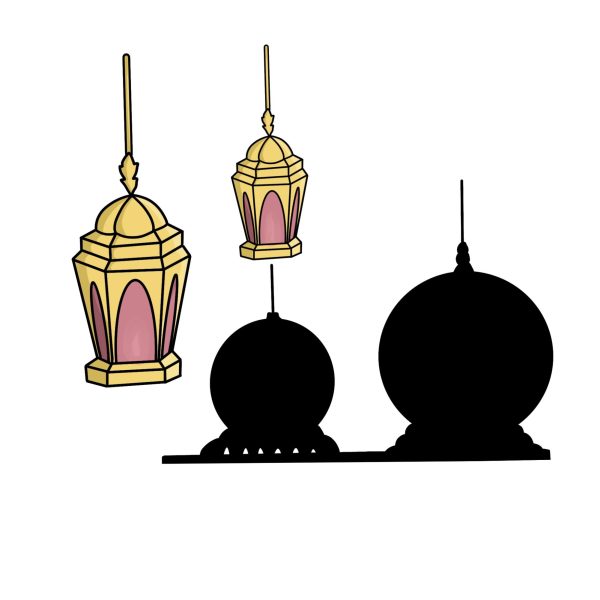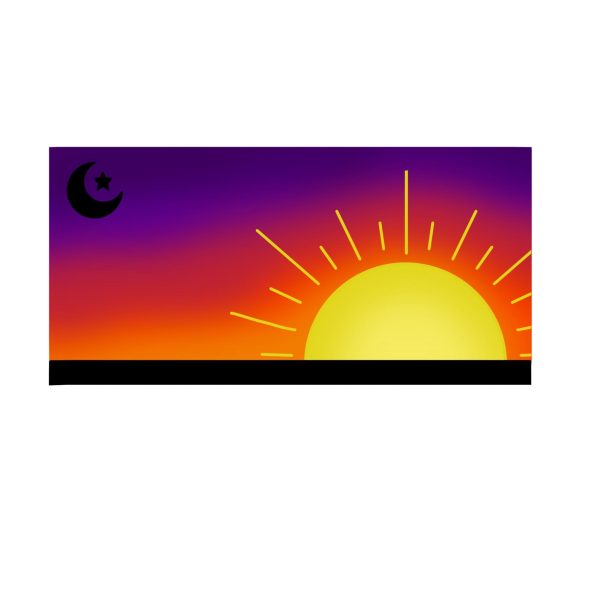Beautiful and Bright: December’s Meteor Showers
December 14, 2018
A blanket of blue streaks across the mysterious sky, meteors gleaming as they pass instantaneously. This is just one of the moments that can be experienced in a meteor shower, and one is going on right now!
The most recent major shower peaked this morning, December 14, at around 2 a.m. There were some meteors visible last night. The December showers are said to be the most popular, as there are many more meteors to see compared to other months.
According to an Earthsky article about the December shower, every meteor shower is linked to a constellation. All meteor showers come from a radiant point in a constellation, which allows scientists to locate the constellations.
The constellation that names this month is known as Gemini, or the twins; the meteors are said to radiate from this constellation, particularly from the star Castor. As the meteors pass over, they burn up in Earth’s atmosphere, about 60 miles from the Earth’s surface (earthsky.org).
Anyone can enjoy this shower, as there are many tricks and tips to help enlighten this experience. The best place to watch the showers is in a very dark and quiet location, undisturbed by city lights and the hustle and bustle of nightlife. This is typically at the top of a local mountain, but your backyard or a park will do. The one thing you need to make sure to do is avoiding any light, including flashlights, which can make it more difficult to view the astronomical event and can prevent you from experiencing this exciting memory (earthsky.org).
Another essential thing that can limit the encounter is how long you stay outside to see the showers. It may not seem that important, but it’s best to be outside for at least an hour or more. Therefore, your eyes can adapt to the darkness of nighttime, and you can enjoy the plethora of meteors that race across the sky, about 50 of them per hour (earthsky.org).
Freshman Caleb Frohoff loves watching meteor showers and tries to participate in viewing as many showers as possible. “In the most recent one I participated in, I saw a fire meteor,” Frohoff said. “It was eight months ago,” he added.
According to the American Meteor Society, fire meteors are meteors that leave a trail with a colorful glow, ranging from a red exterior to something bright blue, and, in some cases, purple. These trails arise as a result of colliding air molecules with the surface of the meteor (amsmeteors.org).
Frohoff loves to watch these showers with his family and they go to many different places to experience them in their utmost brilliance. “If there is a big meteor shower, we go to Julian or Ramona to see them,” Frohoff said.
The best way to indulge yourself in a meteor shower is to travel away from the city and embrace the natural environment for its peacefulness. Make sure not to miss tonight’s December shower, as it may be the most spectacular meteor shower of the year!








